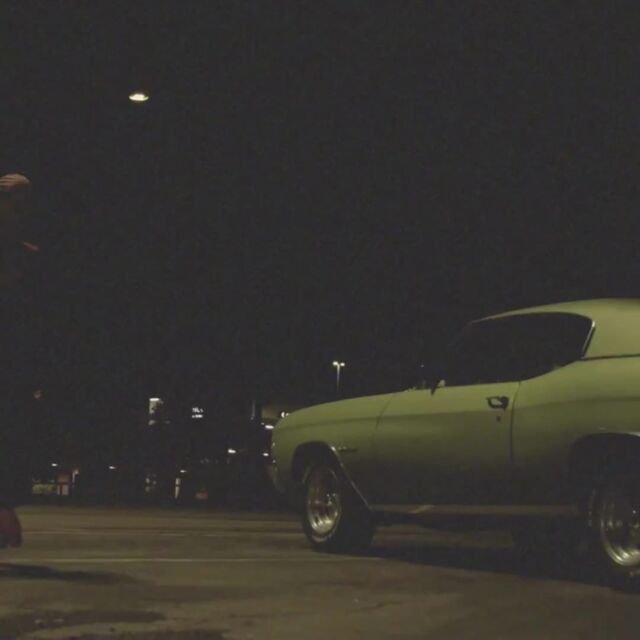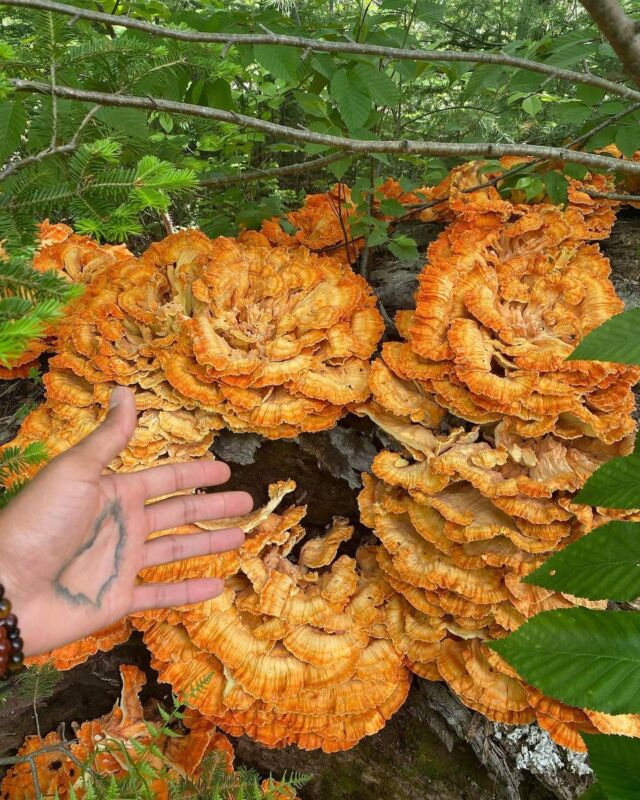To celebrate Black History Month, we decided to drop Liberated Futures, our first storytelling collection of the year. As one of the few spaces that is intentionally connecting Black history and the environment through storytelling, we are excited about this opportunity to share our perspective during this month-long celebration of Black people and our activism, cultural contributions, innovation, and shared struggle. I sat down with Nia McAllister, our Editorial Lead, to talk about the collection and how these stories help us learn from the wisdom of the past— exploring our ancestral knowledge and our history of activism—and help us see that healthy, just, and sustainable lives are possible now and in the future. Here’s our conversation:
Darel scott Let’s dive right into what the Liberated Futures collection is all about.
nia mcallisterIn crafting this collection, we spent a lot of time reflecting on our collective future and what Black liberation looks and feels like. In order to do so, I think we have to spend some time reflecting on our past and where we’ve come from. We must recognize who has gotten us to where we are and who is still continuing to do the work. That information can then inform how we look forward.
All of the stories in this collection are so unique, but there is a strong unified focus on justice, specifically environmental justice. We celebrate leaders such as Dr. Ben Chavis and his early work in formalizing the environmental justice movement and also the work he’s doing today. In our Community Spotlight we feature Beau Morton of WE ACT for Environmental Justice, who is continuing the legacy of Dr. Chavis through his environmental justice activism. Some of our other stories in this collection address Black people’s long history of connecting with the Earth. We have pieces that explore ideas of re-earthing and what we can learn from the plants and animals around us. In order to even think about the future, we have to be collecting all of this knowledge. In order for us to be free, we have to be living with and learning from the Earth.
Darel When bringing this collection together, we talked about the idea that we’re not free until the Earth is free, which connects Black liberation and environmental liberation. Reigniting our connections to the natural world is a part of Black liberation, and it also helps to liberate the Earth itself. There’s something really beautiful about that.
Circling back to the idea of grounding in history, there’s often this perception that you need to know your history in order to not repeat it. But I think knowing your history allows you to use the wisdom that was developed in the past to create a better present and future. This collection both acknowledges our complex—and, sometimes, painful—historical connections to the Earth in addition to the wisdom and knowledge of our ancestors that we can bring to the present for our healing. That’s really what Earth in Color’s storytelling is doing all year long, holding that balance of speaking to the history and trauma, while also appreciating that Black people have deep cultural connections to the natural world as well.
If you were to sum up our call to action from this collection, what would it be for you?
nia It would be what you said, “we’re not free until the Earth is free.” I would prompt everyone to think about the ways we are individually and collectively learning from and connecting with the environment each day. (If you need some ideas, our Lifestyle piece has some good places to start!)
Darel For me, it would be re-earthing—connecting to the Earth in different ways. It doesn’t have to be just hiking and camping. It can also be learning about your family’s relationship to the land or getting your hands in the soil and the garden. I think of re-earthing as a way to facilitate liberation. A lot of people call this month Black Liberation month as well, and I think that re-earthing is bringing another perspective on how Black people get free, how Black people are liberated.
“Liberation can look like being in community with your neighbors or planting a garden and growing your own food.” Nia McAllister
nia:When people think about Black history, they often think about civil rights activism, they think about protests and boycotts, and the work that happens visibly on the frontlines. Those actions are absolutely important. But there’s also many paths to liberation. I think it’s necessary to acknowledge the work that’s not as flashy, that might not make it to the front page. Liberation can look like being in community with your neighbors or planting a garden and growing your own food. This comes up in the piece Gardening As a Revolutionary Act. Being able to provide sustenance for your family and not having to rely on the government or other organizations to make sure that you, your family, and your community can survive is liberation. This collection is showing that there are so many paths to being free.
Darel:What you just said reminds me of Emergent Strategy and the writing of adrienne maree brown. Throughout the book, there are moments for grounding in nature and being inspired by and connecting to nature as a form of healing, but then there’s an overarching theme around embodying in yourself the futures that you want to see. This connects to what you just said about the “not as flashy” things that we do in our own personal lives. How are we engaging with the nature around us? Are we noticing that the leaves are changing? Are we noticing the plants and animals around us? Are we spending time just existing?
Switching gears, the Liberated Futures collection also features two amazing climate fiction stories that we are bringing from the Grist climate fiction contest Imagine 2200: Climate Fiction for Future Ancestors. They’re written by two incredible Black climate fiction writers, and I feel like these stories really pushed us to center the idea of Black futures.
nia:To quote the artist, Alisha B. Wormsley, “There are Black people in the future.” If you believe in that fact, then these climate fiction stories are a manifestation of all the possible futures where we, Black people, are thriving and being inventive. Both of these stories talk about the resourcefulness of Black people. As the climate is evolving, we have already seen that we are an adaptive people. I think these stories are playing into those different realities. We are invited to think about the possible state that the world will be in the future. As we address issues of climate change, we must confront the reality of the things that we will lose, the things that will change, how we interact with each other, and how we interact with the environment.
One of the stories focuses on the issues of overfishing, and how our marine populations are impacted by our everyday practices regardless of intent. It prompts us to think about what we can be doing now and into the future to better care for all of the ecosystems that we’re cohabitating with. The other story asks what it means to still hold on to knowledge of culture and community despite a changing environment. How do we allow the environment to have its own agency and take its course while maintaining cultural and linguistic connections to place? I’m excited for people to be thinking about these things and putting themselves into the shoes of these characters to imagine how they would navigate these changing environments. I believe that’s how we can start to think about these liberated futures.
Darel:When I read those stories I was really struck by the worlds that were built and how beautifully Black culture and the Earth coexisted. I think these pieces honor the relationships that Black people have with the environment. It’s just really beautiful to see that Black people exist in the future and that those stories were inspired by present-day connections that Black people already have with the Earth. To close, let’s reflect on what liberated futures personally mean to us.
I was just thinking about my interview with Beau in his Community Spotlight. I asked him to imagine what it would be like for all the environmental injustices to not exist. And he was like, “I sometimes feel like it’s hard for people to imagine the future because of the experiences that we have today.” In the midst of Black History Month (but also all year long), we are constantly connecting our current trauma and oppression to systems that were built hundreds of years ago that have been upheld in many different ways. And so, sometimes, for our community, it’s hard to imagine what liberated futures look like. But I think that storytelling has the power to allow us to do that. What we’re trying to do through this collection is give people a window into what a liberated future can look and feel like. I think storytelling has the power to allow us to envision liberated futures and also see how these ideas can exist in our current reality. It’s what we’re building toward, but I don’t want people to feel like the future is in 1000 years. We can work toward making these realities happen today.
nia:I want our community to be fed, to be well-rested, for our people to grow old and for people to have time and capacity to connect with the environment. We’re so caught up in addressing all the injustices and fighting every day and working every day, that we don’t have time for ourselves. We don’t have time to just sit outside and be okay sitting. I want us all to experience how “just being” can feel like a state of liberation. This also connects back to the principles of environmental justice, which demand that everyone has a safe place to live, to work, and to play in. And I think we can have that for Black people. That is what I hope to see for our liberation.
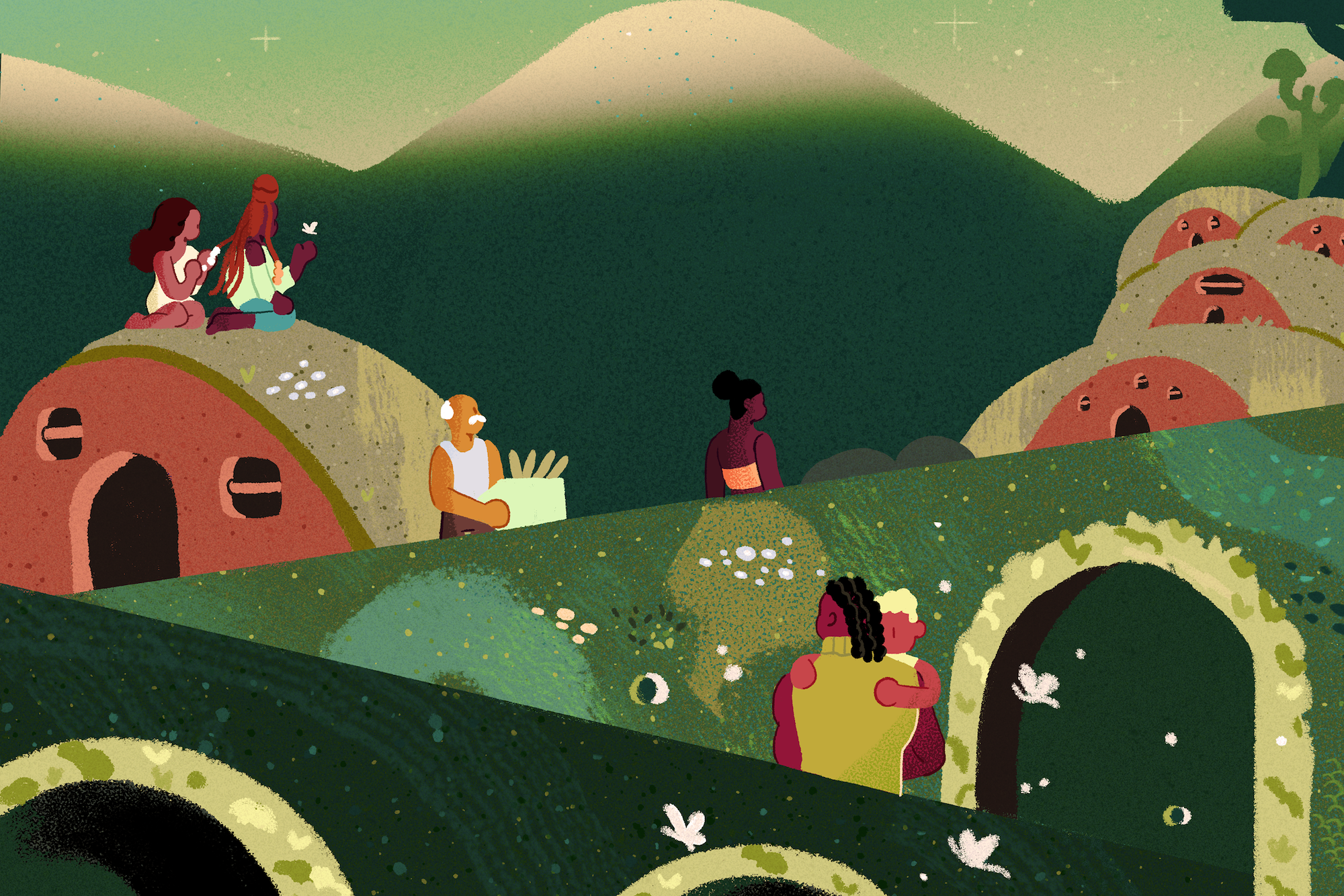
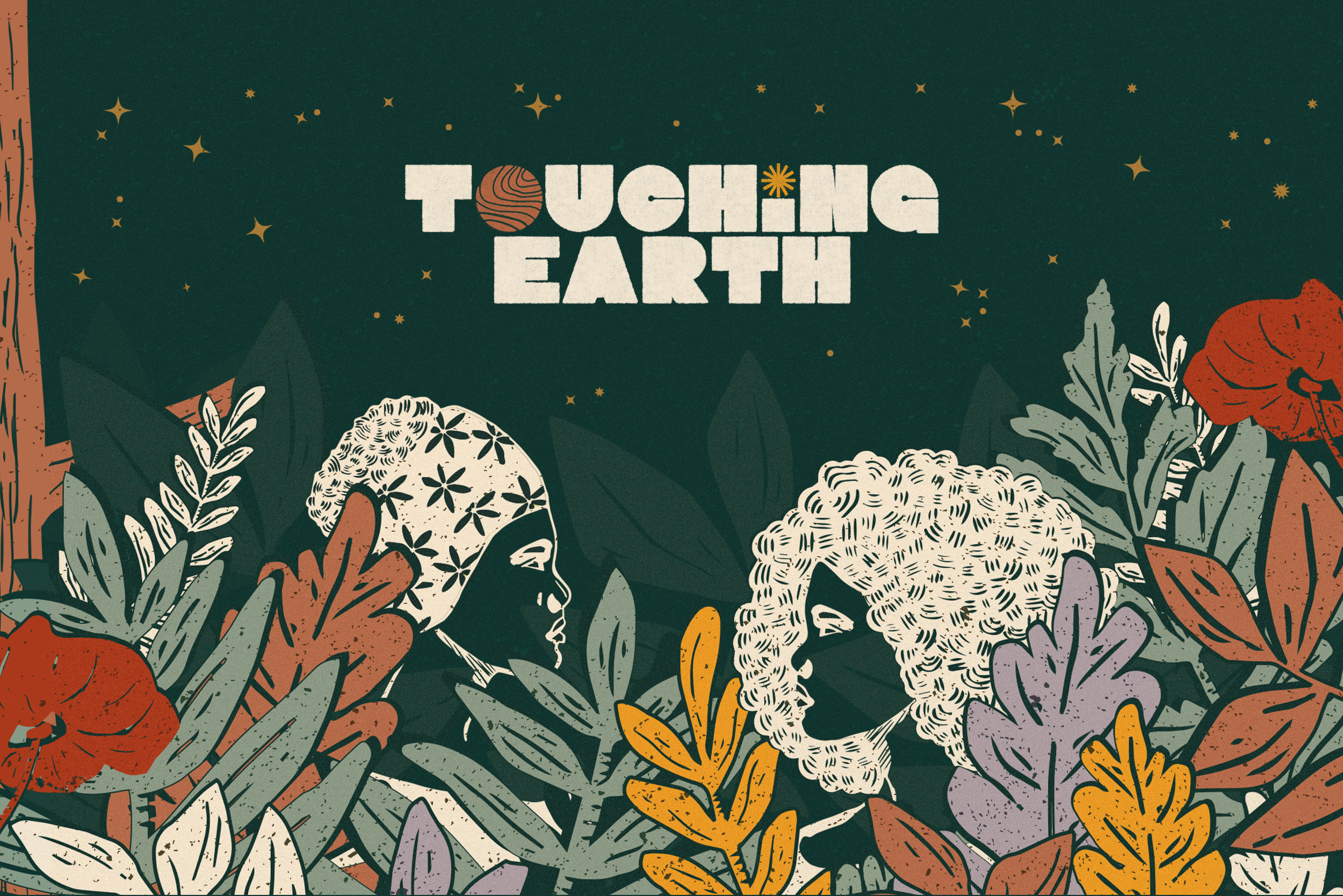
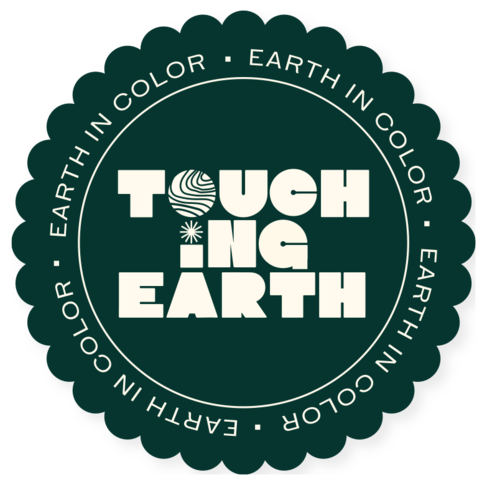
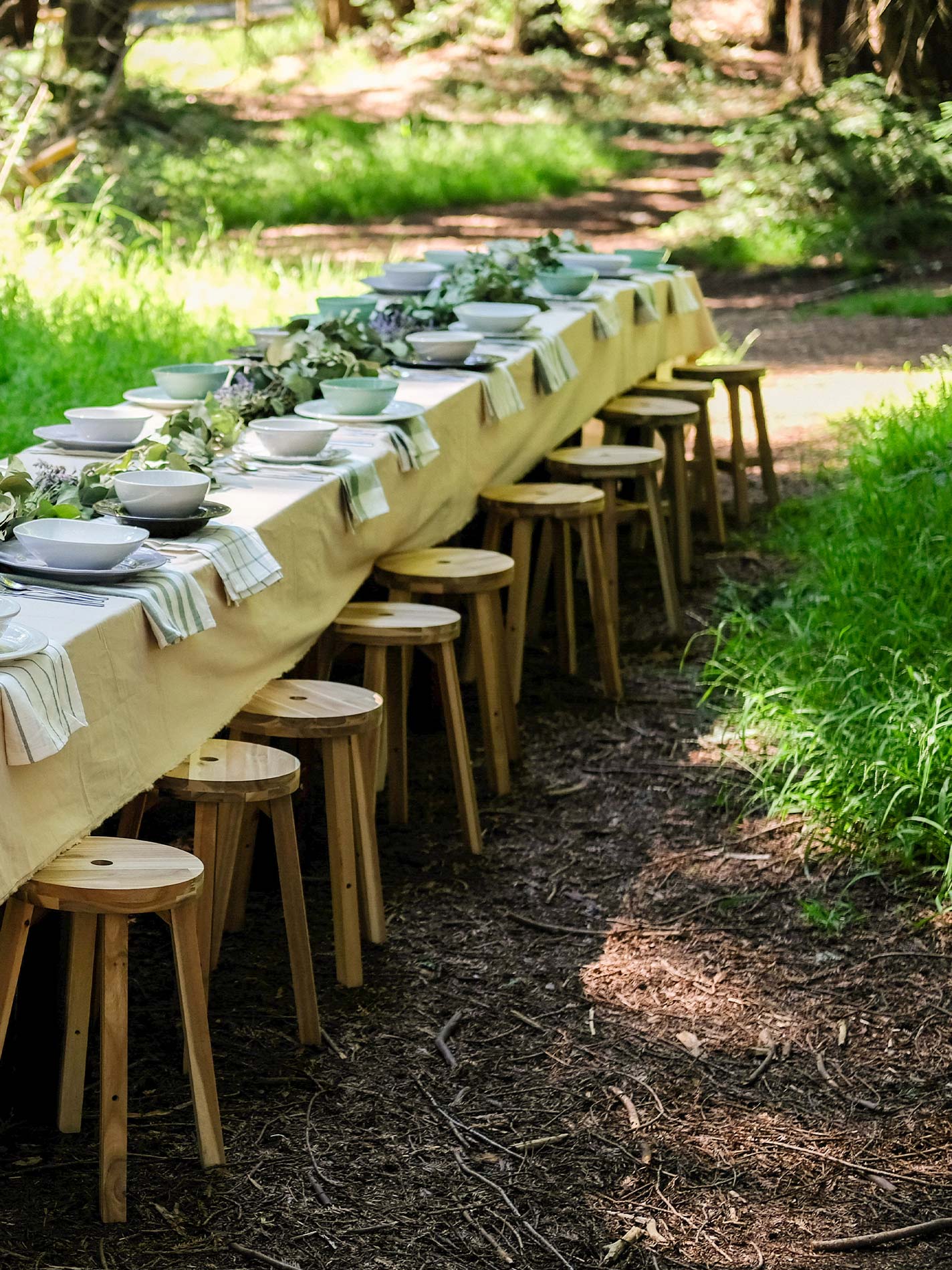

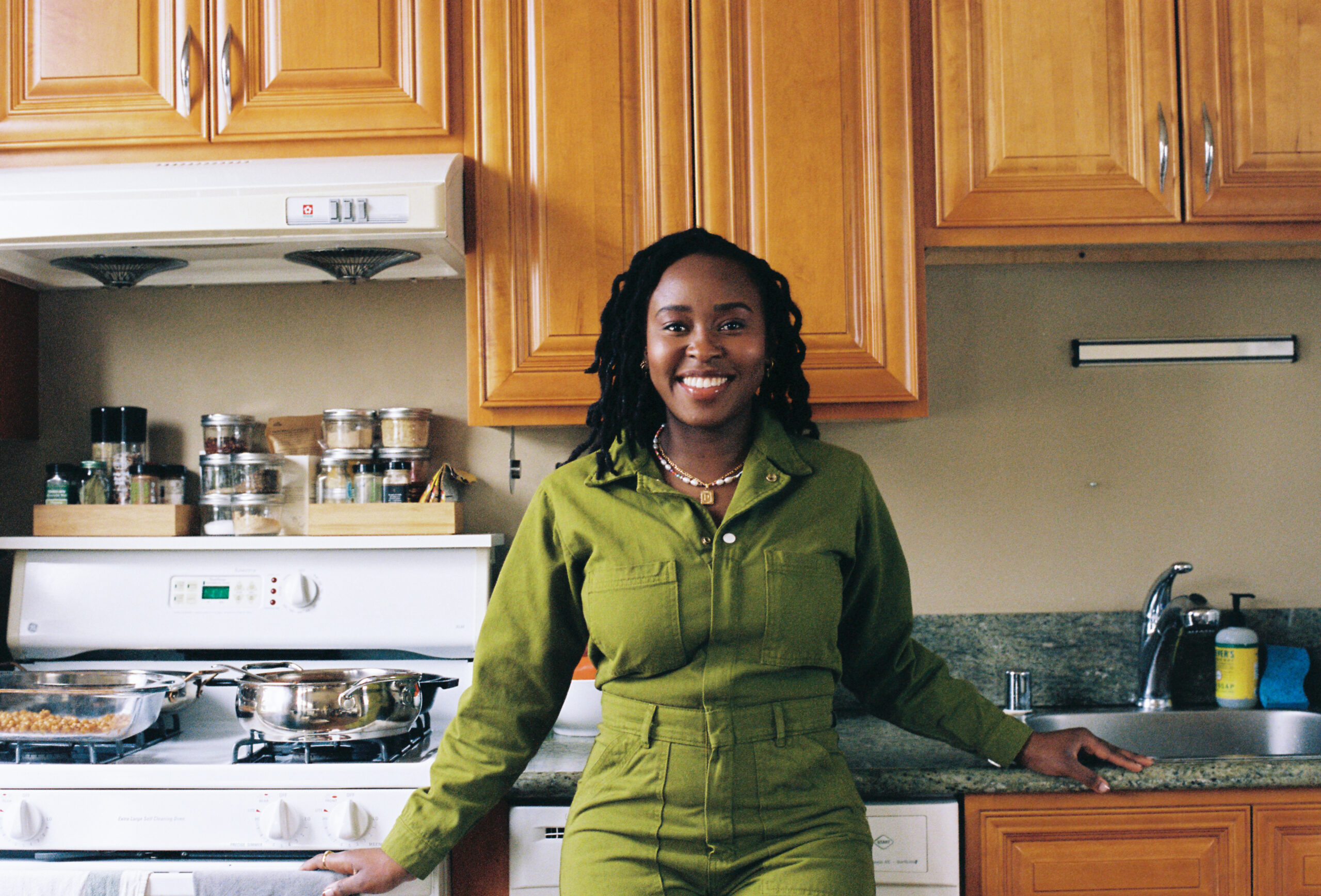

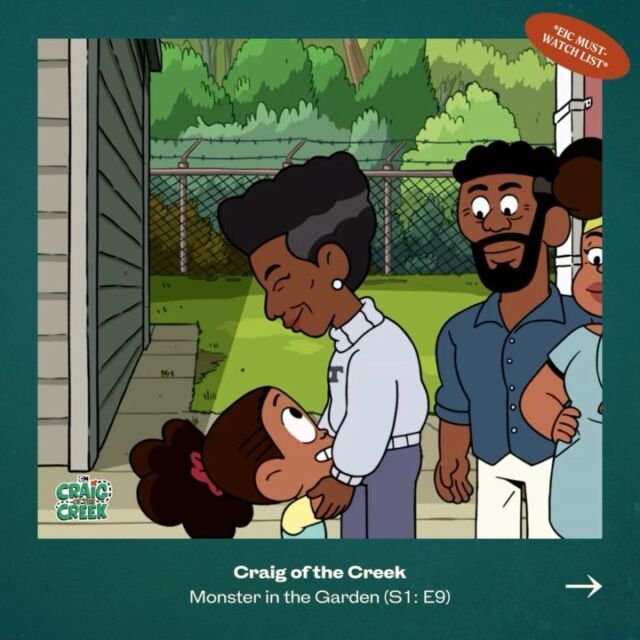
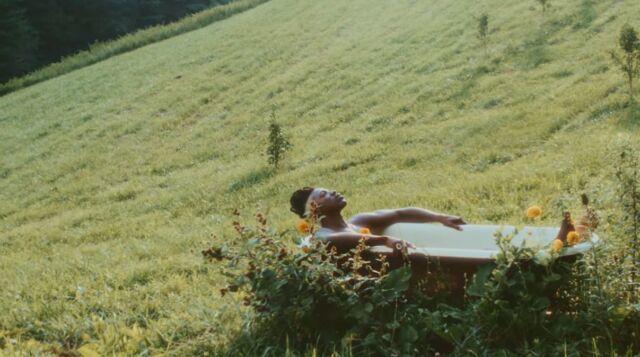
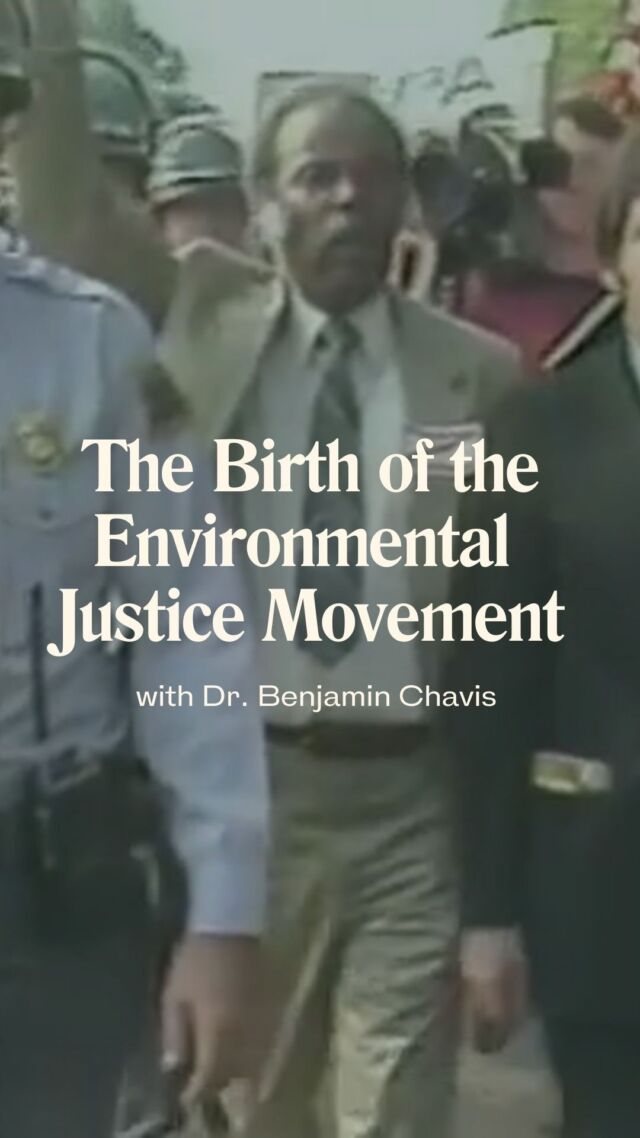
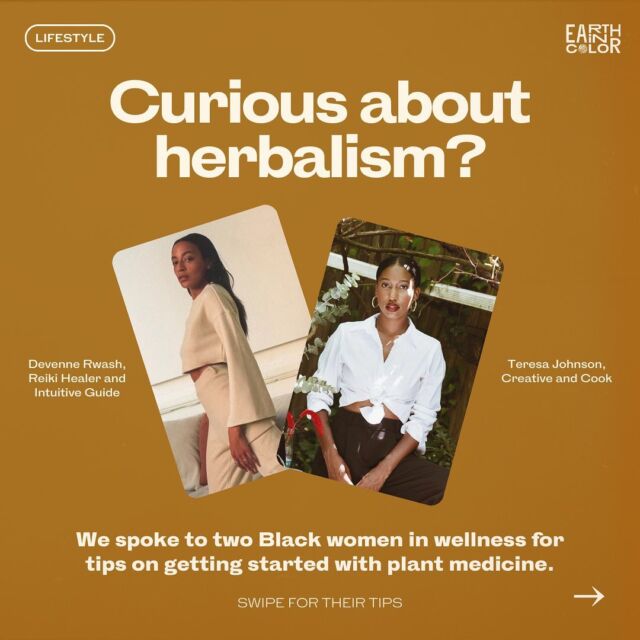




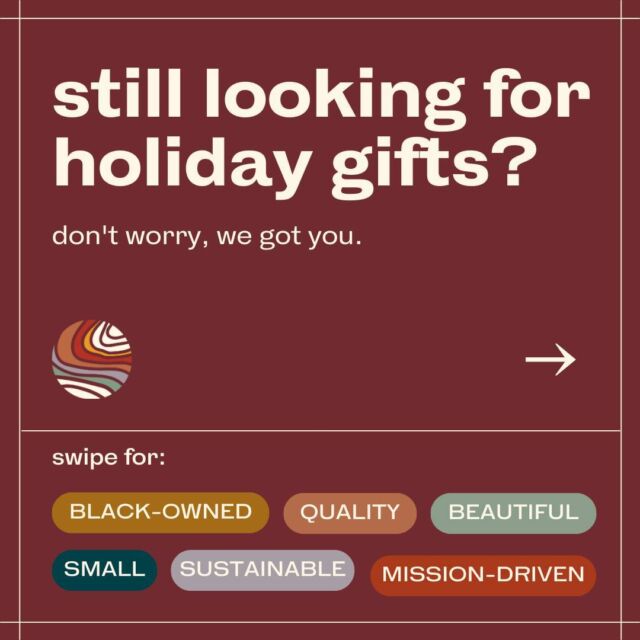


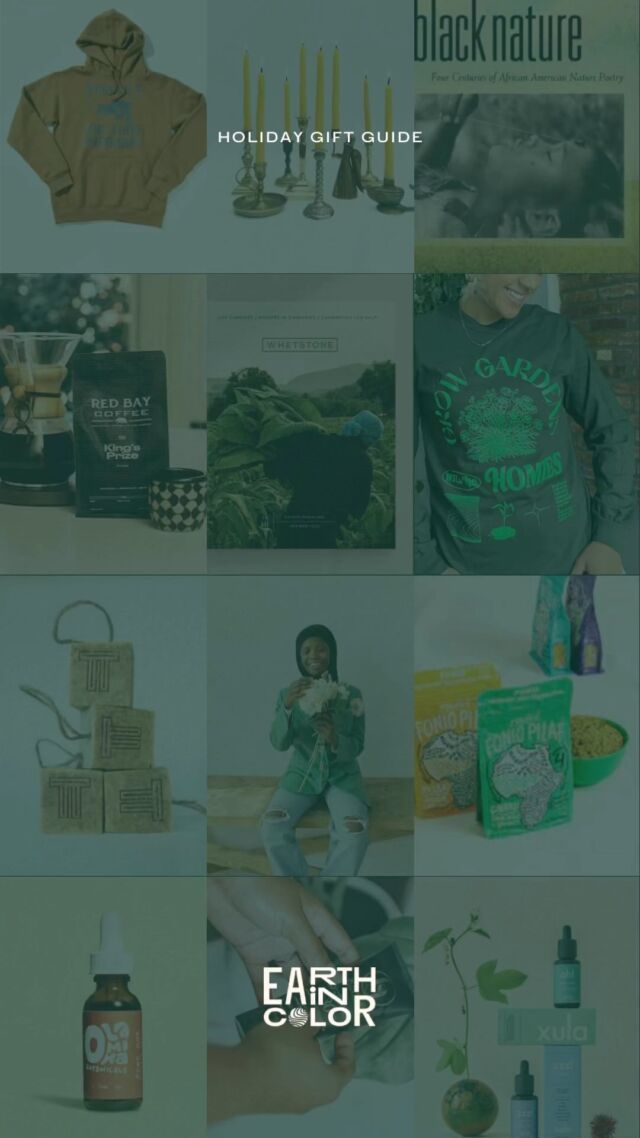

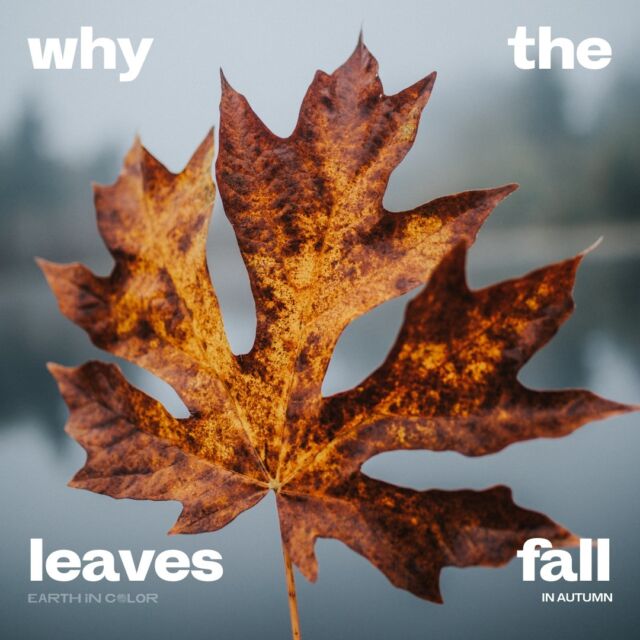
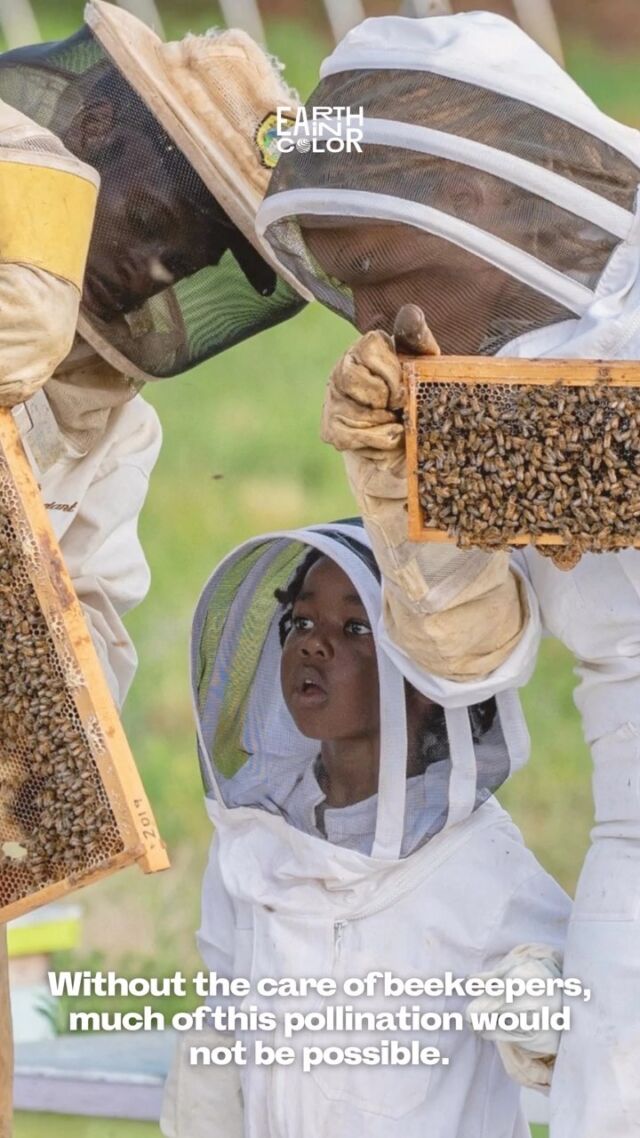
![Did you know you could be buying fake honey? 👀🍯
According to @detroithives co-founder Timothy Paule Jackson, “ninety percent of most honey that you get in big box stores is fake.” To make sure you’re getting the real stuff, he suggests checking out the nutrition label. Fake honey will have ingredients like “high fructose corn syrup, peach syrup, [and] it’ll have some type of sugar.” Avoid honey labeled as “pure” or “pasteurized,” and instead look for words like “raw” or “local.”
And with winter approaching, it’s the perfect time to stock up — not only is it full of vitamins and minerals, but real honey can also be used as a remedy for sore throats and coughs. Swipe to check out some of our favorite Black-owned bee farms and Black beekeepers selling the good stuff 🐝🍯](https://earthincolor.co/wp-content/uploads/sb-instagram-feed-images/314552686_126502226881255_7598404171432106028_nfull.jpg)
